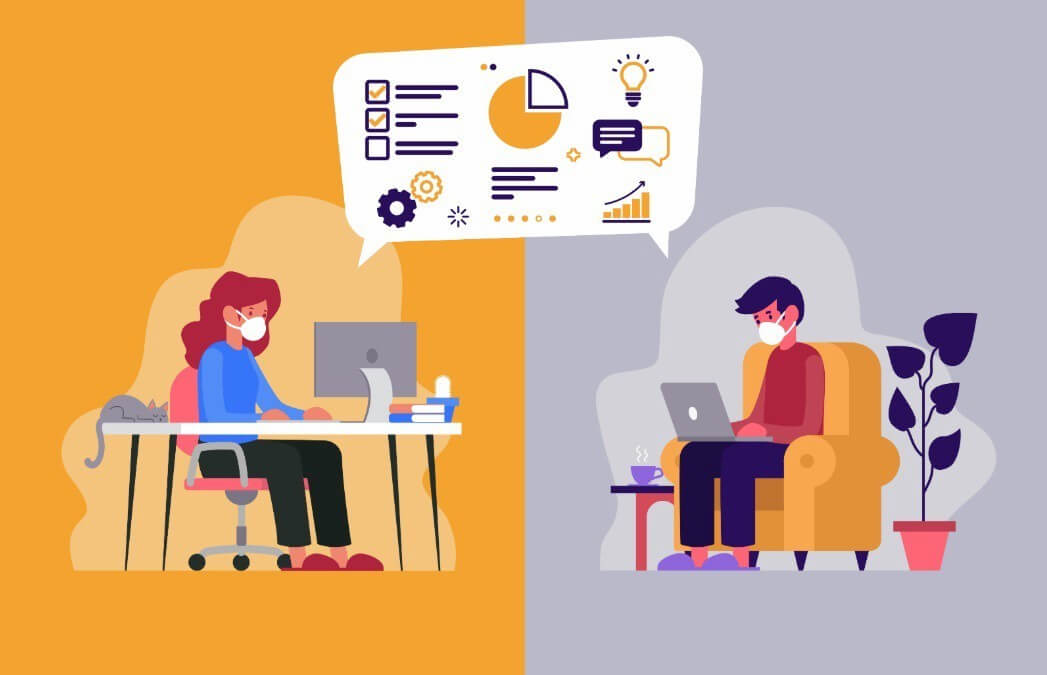How many developers must know how to develop accessible code before “herd immunity” protects people with disabilities against inaccessibility?
In the carbon-based lifeform world, herd immunity is achieved when the majority of a population is immune (either through infection or vaccine) to an infectious disease. This state conveys indirect protection (i.e., the “herd immunity”) to those in the herd who are not immune.
Despite almost 4600 lawsuits filed in the US over the past two years, won *overwhelmingly* by disabled plaintiffs, the internet got more inaccessible as measured by the WebAIM million, which I summarized here. 98.1 % of the top million global websites are not equally usable by people with disabilities. DiamondLA / Joe Devon’s SOAR (State of Accessibility Report) shows a slightly higher rate of accessibility when reviewing manual testing results of the Alexa 100 sites. Even then, 57 % of the top 100 sites were completely inaccessible, and only 29% of the sites reviewed even had an accessible registration process, the first step to becoming a customer.
Inaccessibility is a disease. We aren’t even close to curing it.
There are many commonalities between disease and inaccessibility:
- Both disease and inaccessibility cause harm.
- Both disease and inaccessibility are transmitted through a lack of caution.
- Both disease and inaccessibility can be reduced through education.
Ask any accessibility manager where you start with establishing an accessibility program, and you get will get two answers: executive support and training.
- Training creates empathy by imparting knowledge that the student may not have exposure to.
- Training creates skills.
- Empathy + skills = motivation, plus the ability to execute on that motivation.
The vast majority of university computer science and UI programs do not teach accessibility or inclusive design techniques. This gap is an enormous missed opportunity. Program graduates who go into entry-level positions in technology roles typically have zero accessibility knowledge unless they a) attended the rare program that did include accessibility, b) are self-taught, or c) did an internship at an organization that does value accessibility.
It is beyond me why universities have failed to adopt accessibility as an important component in technology programs. One easily attributable cause is that universities are well-known for moving at a glacial pace when updating curricula. While some move faster at the behest of employers, most do not.
If the goal of universities is to train their students in skills that make them employable after they graduate, accessibility furthers that goal since it is a highly sought after competency that most people have not developed.
It is every accessibility professionals dream that accessibility is built into the product from the idea stage, instead of as an afterthought jammed in at the end of the release process like a square peg and a round hole. This dream is difficult to achieve without university and bootcamp graduates trained in accessibility. Yes, you can run organizational accessibility training. However, having people who have already figured out accessibility implementation best practices through test projects (i.e., homework) is always better than having people cutting their accessibility teeth on a real project.
Valuing accessibility isn’t complicated, but it does require a change in the organizational mindset. When students/employees are associated with organizations that have adopted an attitude that “accessibility is valuable, people with disabilities are worthwhile” throughout the organization, everyone wins. Organizations that adopt this mindset not only satisfy at least one component of an “inclusive organization”; this mindset changes lives. It’s not easy, but the starting point is that simple.
Start seeing inaccessible for the vile, destructive, discriminatory force that it is, and accessibility as the equalizer.
Organizations have the power to choose to promote accessibility. Looking at it from the opposite side, any organization that chooses to NOT promote accessibility is deliberately choosing to discriminate against people with disabilities, and cannot legitimately describe themselves as an inclusive organization. Mindset matters to an accessible end result.

0 comments on “Inaccessibility is a disease. Why aren’t we doing more to cure it?”